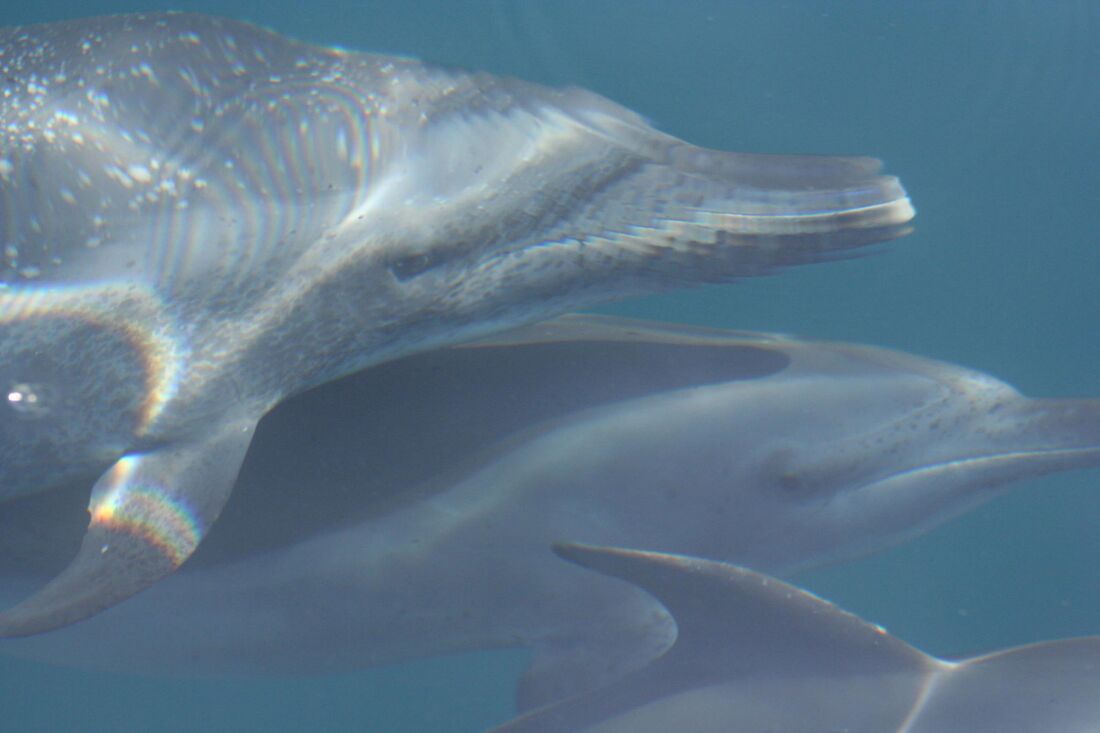I found out about CURE during an Animal Rescue meeting. I have always been interested in marine animals and their behavior. However, I did not think I would be able to learn about them when I came to UVM. I also knew I wanted to get involved with research at some point but nothing was standing out to me yet. When I was made aware of this opportunity, I knew I had to do it. I was anxious about the whole experience because prior to CURE I had no other research exposure. However, Dr. May-Collado is an amazing professor and took me under her wing.
CURE is an amazing experience for any student who has an interest in marine animals and research. Through this course, I was taught how to analyze data on RavenPro which was not
something I have done before. Although it was confusing at first, Dr. May-Collado was very patient and taught me how it worked. Also, since I was working on this project on my own I had plenty of questions and Dr. May-Collado was always there for help.
This spring, I worked on a project on coastal pantropical spotted dolphins whistle acoustic structure and how that relates to their geographical location. For this research, whistles were recorded from five different countries in Central America including Mexico, El Salvador, Nicaragua, Panama, and Costa Rica. All of the whistles were manually selected on Raven and many different parameters were extracted. By using these parameters, we were able to see how the whistles varied in each region. We found that dolphin whistles varied significantly between locations.
I enjoyed my time working in the lab and learning how to write a research paper. This fall I will be continuing this project with Dr. May-Collado and her other collaborators to determine why the whistles varied among countries. The goal for this research is publication as well which I never thought I would be able to be a part of!
I recommend this course highly and cannot wait to get back to work this fall!

 RSS Feed
RSS Feed
